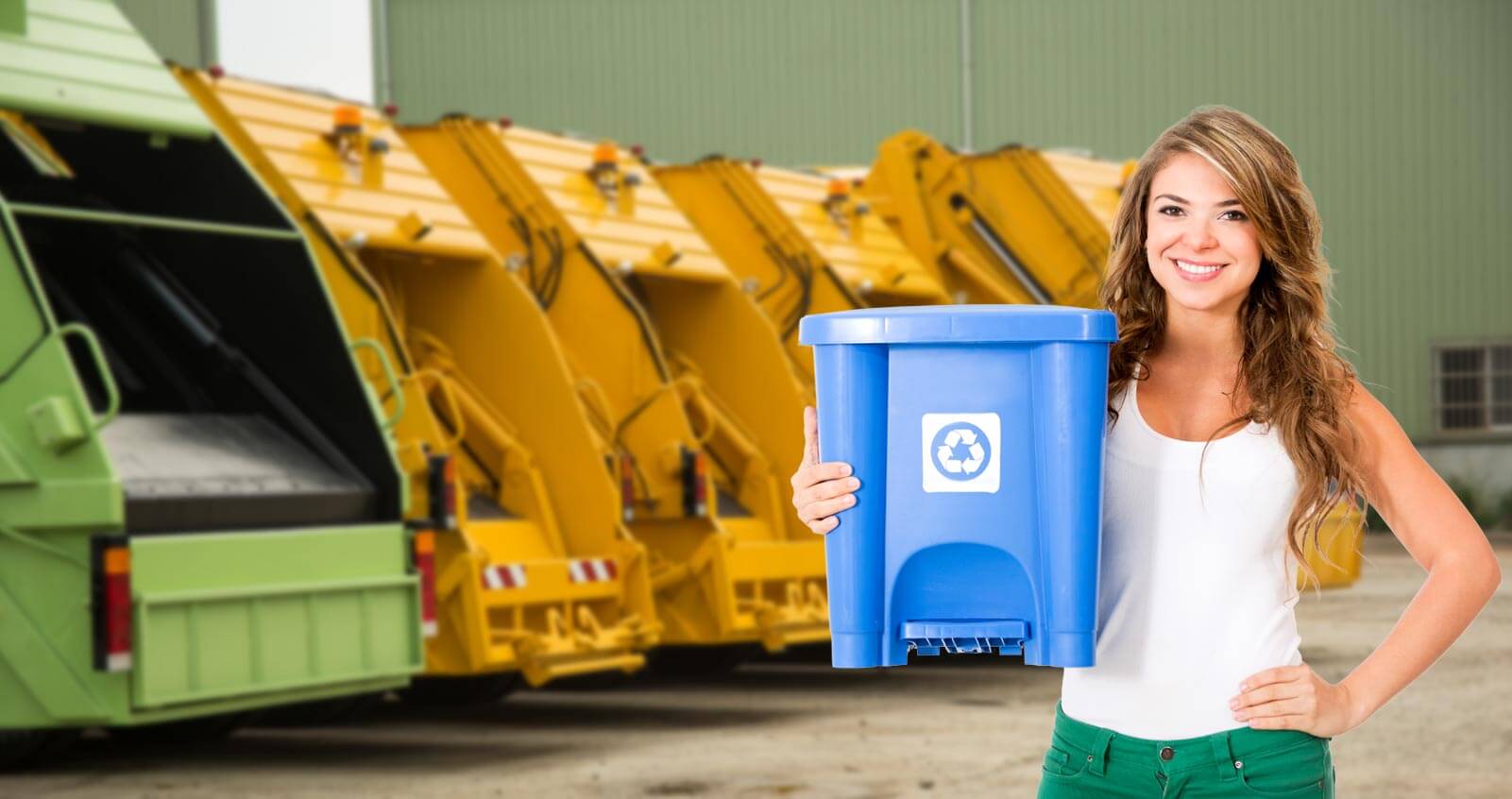Innovative Wood Waste Disposal Methods
Posted on 05/04/2025
Wood waste is a significant byproduct of various industries, including construction, furniture making, and paper production. Traditional disposal methods, such as landfilling and burning, are environmentally harmful and unsustainable. However, innovative wood waste disposal methods provide alternative solutions that are both eco-friendly and economically beneficial. This article explores these cutting-edge techniques and provides insights into their advantages and disadvantages.
Recycling and Reusing Wood Waste
Recycling and reusing wood waste are among the most sustainable methods available. By transforming wood waste into new products, we can minimize the need for virgin raw materials and reduce deforestation.
- Wood Recycling: Wood waste can be processed into wood chips or sawdust, which can then be used as raw material for particleboard, mulch, or animal bedding.
- Creative Reuse: Wood waste can be repurposed into furniture, decorative items, or construction materials.

Biomass Energy Production
Another innovative method for wood waste disposal is converting it into biomass energy. This process involves burning wood waste to produce heat, which can then be used to generate electricity or produce biofuels.
- Direct Combustion: Wood waste is burned in a biomass power plant to generate electricity.
- Biofuel Production: Techniques such as pyrolysis or gasification convert wood waste into biofuels like bio-oil or syngas.
Composting
Composting wood waste is a natural and effective disposal method. When combined with other organic materials, wood waste can decompose into nutrient-rich compost, which can be used to enrich soil in gardens and agricultural fields.
- Aerobic Composting: Wood chips and sawdust are mixed with other organic materials and composted aerobically (with oxygen).
- Vermicomposting: Earthworms are used to break down wood waste, producing high-quality compost more quickly.
Advanced Technologies for Wood Waste Disposal
Several cutting-edge technologies offer new ways to manage wood waste efficiently.
- Hydrothermal Carbonization (HTC): This process involves treating wood waste with hot water under pressure, converting it into valuable carbon-based materials.
- Enzymatic Treatment: Enzymes are used to break down wood waste into simple sugars, which can then be fermented to produce ethanol.
- 3D Printing: Wood waste is processed into a fine powder and used as a raw material for 3D printing various items.
Pros and Cons of Innovative Wood Waste Disposal Methods
Pros:
- Environmental Benefits: Reduces deforestation, minimizes landfill waste, and decreases greenhouse gas emissions.
- Economic Advantages: Generates new revenue streams through the sale of recycled materials or energy production.
- Resource Efficiency: Reduces the need for virgin raw materials and promotes sustainable resource management.
Cons:
- High Initial Investment: The setup cost for advanced technologies can be high.
- Technical Challenges: Some methods, like enzymatic treatment and HTC, require specialized knowledge and equipment.
- Market Limitations: The market for recycled wood products and biofuels can be unstable, affecting economic viability.
Tips for Effective Wood Waste Management
1. Audit Your Wood Waste: Regularly assess the amount and type of wood waste your operation generates.
2. Choose the Right Method: Select a disposal method that aligns with your environmental and economic goals.
3. Educate Your Team: Ensure that employees understand the importance of proper wood waste management and are trained in best practices.
4. Partner with Experts: Collaborate with waste management companies that specialize in innovative disposal methods.

Takeaways
- Innovative wood waste disposal methods offer sustainable alternatives to traditional disposal techniques.
- Techniques such as recycling, biomass energy production, and composting are effective and eco-friendly.
- Advanced technologies like HTC and enzymatic treatment provide additional options for managing wood waste.
- Each method has its own set of pros and cons, requiring careful consideration to select the most suitable option.
Conclusion
Innovative wood waste disposal methods are crucial for promoting sustainability and reducing environmental impacts. By exploring and adopting these methods, we can ensure responsible resource management and contribute to a more sustainable future. Whether through recycling, energy production, or composting, innovative disposal techniques offer practical solutions for managing wood waste effectively.




